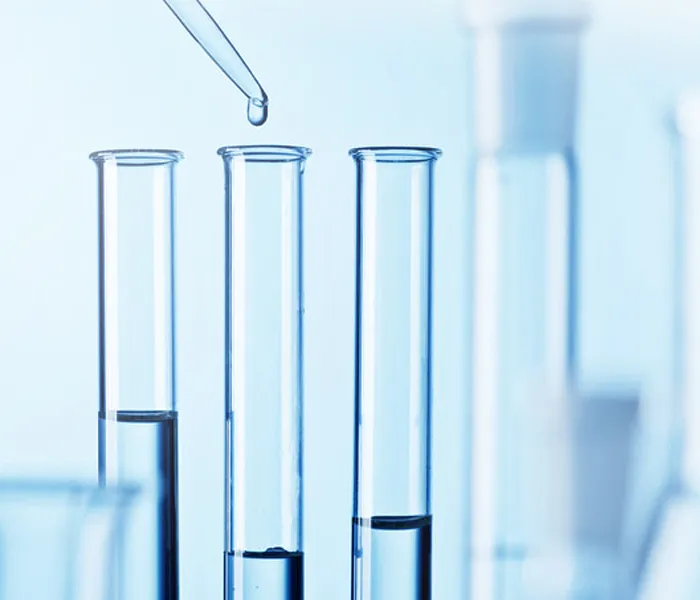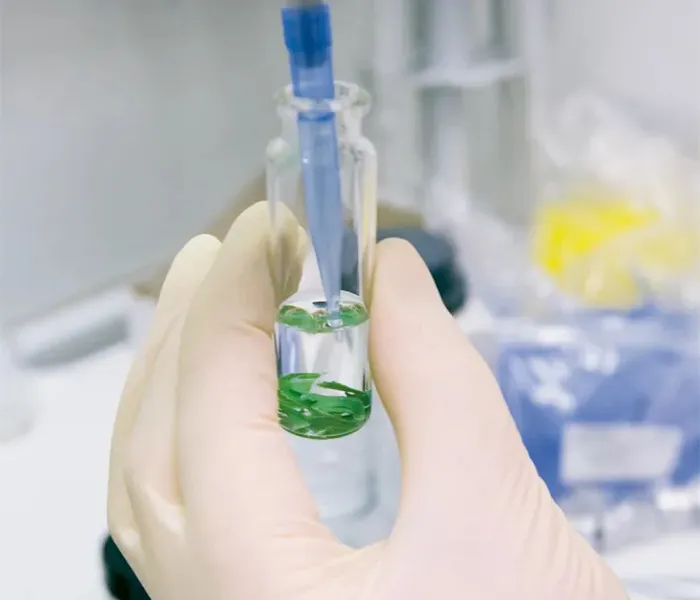Organosilanes are chemicals widely used in various fields, including cosmetics, medical devices, building materials, and electronics. Recent research shows that organosilanes can also be used to kill bacteria and are more effective than many common antibiotics.
Organosilanes are a class of compounds with silicon-carbon bonds that are commonly used as surface treatments, lubricants, sealants and adhesives. Some recent studies have shown that certain organosilane compounds can be used as antibacterial agents to effectively kill bacteria.
The antibacterial mechanism of these organosilane compounds is by destroying the structure of bacterial membranes, thereby causing cell death. The bacterial membrane is a key component of the outer layer of the bacterial cell wall and is key to bacterial cell survival. The cell membranes of both Gram-positive and Gram-negative bacteria have varying degrees of negative charge, making them resistant to attack by many conventional antibiotics. Because organosilane compounds have special chemical structures, they can interact with the bacterial membrane surface and penetrate into the membrane, thereby destroying the integrity of the bacterial membrane and leading to cell death.
In addition, due to the special chemical structure of organosilane compounds, these antibacterial agents can also be loaded with other drugs or compounds to achieve better targeted therapeutic effects. For example, organosilane compounds can be modified into molecular recognizers that can selectively target certain types of bacteria, such as pathogenic bacteria or multidrug-resistant strains.
How do organosilanes kill bacteria?
Cell membrane disruption: Organosilane compounds can interact with bacterial cell membranes, penetrate into the membrane, and destroy the integrity of the bacterial membrane. This causes the cell membrane to lose its protective effect, leak materials inside the cell, and ultimately cause cell death.
Charge interactions: Bacterial cell membranes typically have a negative charge, while organosilane compounds may have a positive charge. This charge interaction can alter the structure and function of the membrane, thereby interfering with bacterial physiological processes and leading to cell death.
Inhibition of hydrolase: Organosilane compounds can inhibit the activity of hydrolase in bacteria, an enzyme necessary for bacterial survival. By inhibiting hydrolases, organosilanes can interfere with bacterial metabolism and growth, ultimately leading to bacterial death.
DNA damage: Certain organosilane compounds have the ability to interact with bacterial DNA, causing DNA strand breaks, damage and interference with the repair process. This causes errors in the bacterium’s genetic material and blocks its normal function, ultimately causing the bacterium to die.
What are the precautions for using organosilanes?
When using organosilane for antibacterial treatment, you must strictly follow the relevant safe use procedures and follow the guidance of a doctor or professional. Do not decide on your own how much, how often, or how long to use.
Organosilane has certain toxicity and can cause harm to the body if it comes in contact with the skin or eyes. Therefore, appropriate personal protective equipment such as gloves, protective masks, etc. should be worn when working with organosilanes.
Avoid breathing vapors or aerosols of organosilane substances as these substances may cause damage to the respiratory system.
Avoid organosilanes reacting with other chemicals to produce toxic gases.
When storing organosilanes, you need to pay attention to their stability and fire resistance. Store them in a cool, dry and ventilated place, away from fire sources and high-temperature objects.
Organosilane wastes and residues should be disposed of in accordance with the prescribed treatment methods.
The use of organosilanes as antimicrobial agents can effectively kill bacteria through different mechanisms. It can interact with bacterial cell membranes, disrupt membrane structure and cause cell death. In addition, organosilanes can also inhibit the activity of important enzymes inside bacteria by changing the charge of bacterial cell membranes, and cause damage to bacterial DNA, further hindering their normal functions.
Corberry is an organosilane fungicide with wide application potential. Its unique chemical structure gives it highly effective antibacterial properties. Through Corberry’s research and development, we can expect to discover more about the new potential of organosilanes in antibacterial applications and provide people with safer and more effective antibacterial solutions.






